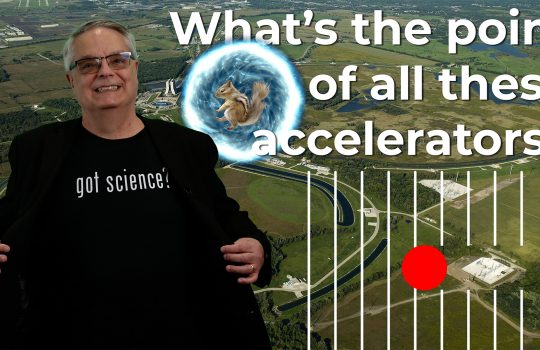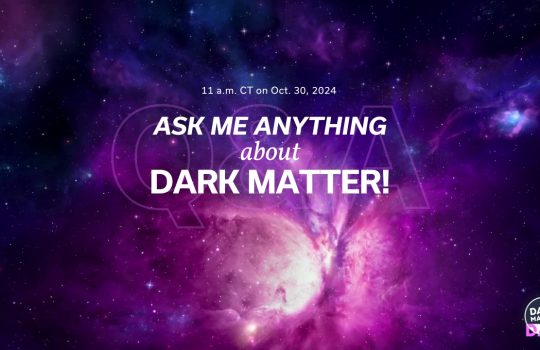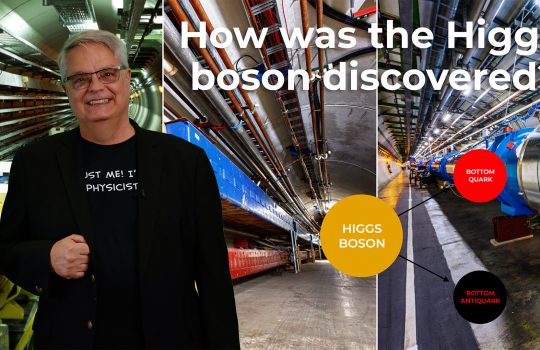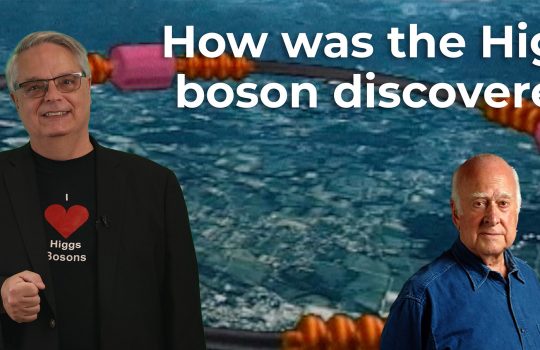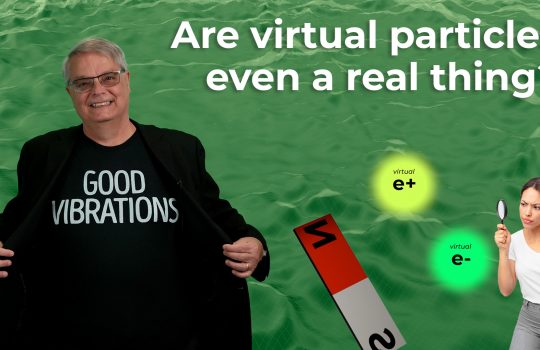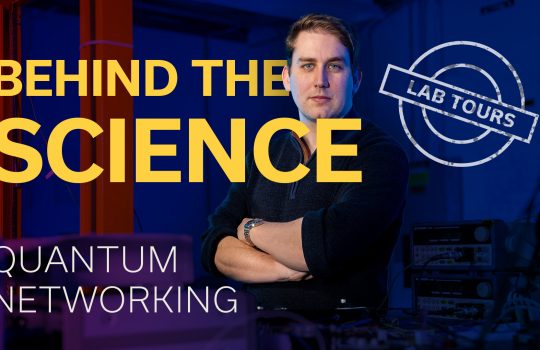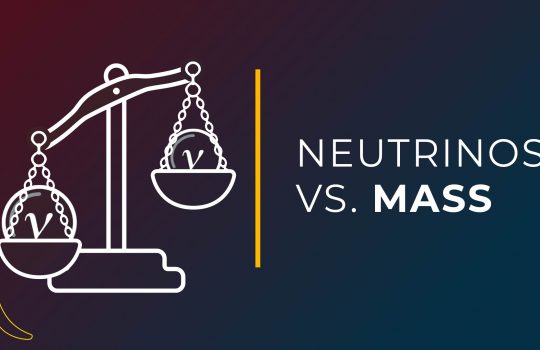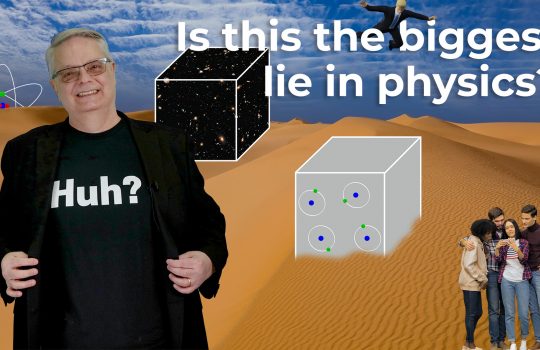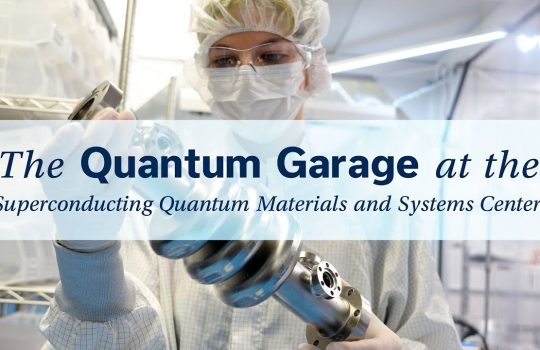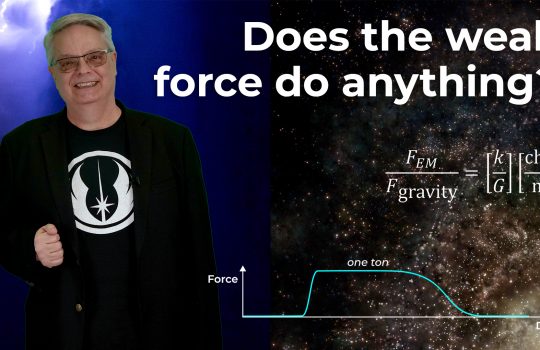Take a tour of the “Fermilab Quantum Network”. We’ll join Research Associate Andrew Cameron to explore experimental quantum optics, quantum sensing, and connecting quantum devices through fiber-optic cables. Watch as we take you through laser pulse generation, entangled photon pair production, and ultrafast single photon detection for quantum communication protocols.
FQNET is a part of the Advanced Quantum Networks for Scientific Discovery (AQNET-SD) project and includes recognized leaders in quantum network technologies: Argonne, Caltech, the Jet Propulsion Laboratory, Northwestern University and the University of Illinois at Urbana-Champaign. Together, the collaboration has demonstrated quantum teleportation, picosecond synchronization of quantum nodes, and developed high rate entanglement sources to highlight a few of the 15 publications.
Learn more at https://quantum.fnal.gov/

